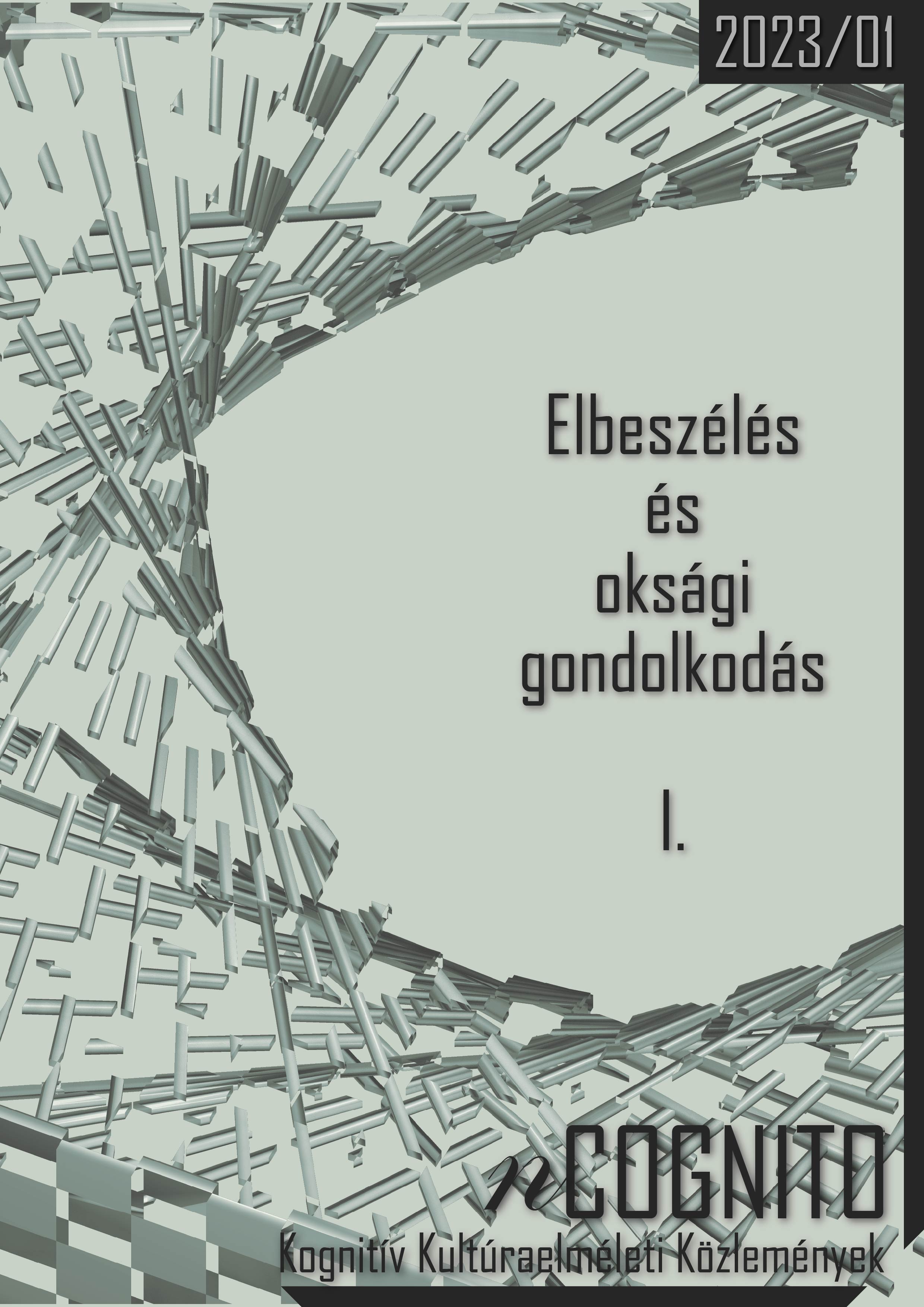Beyond Causality The disruption and reinterpretation of causality in a Faulknerian non-natural mental representation
Main Article Content
Abstract
The study of non-natural narratives, such as stream-of-consciousness representations, has prompted questions regarding the interpretability of these texts as framing narratives. Although some scholars, including Alber, Iversen, Nielsen, and Richardson (2018) and Tóth (2018), have posited that these texts can be regarded as narratives, according to Emmott’s text-typological criteria (1999) this interpretation can be challenged. When analyzing the Benjy monologue in Faulkner's (1956) novel The Sound and the Fury using the Emmott framework, it is evident that the representation of interpersonal, spatial, and temporal relations does not adhere to the conventional narrative structure necessary for the text to be interpreted as a narrative. This observation is closely linked to the fundamental absence of textual causality as a factor in constructing the narrative frame and the prevalence of emotional motivation, which results in associative scene-shifting (as noted by Velleman in 2003). To investigate non-natural narrative schemata, I demonstrate how causality is dismantled and reinterpreted in Benjy's monologue through an analysis that employs both textual and stylistic approaches (Gibbons-Whiteley 2018; Stockwell 2009), poetics (Stockwell 2002; Turcsik 2019, 2020), and mind style analysis (Fowler 1977).

